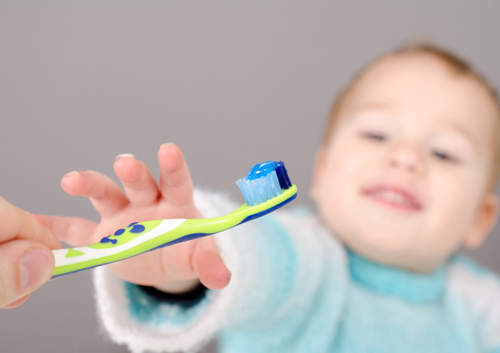Get Excited for 2018!
January 11th, 2018
We can hardly believe another year has come and gone but we’ve officially hung up our 2018 calendars! We know going back to work after the holidays can be tough (we feel it too!) but we want to help you get excited to make the most out of the next 12 months.
We probably all have that dreaded to-do list sitting on our desks back at the office but that doesn’t mean you need to feel overwhelmed. Try making a game plan complete with color coded schedules and short list goals that are easy to achieve. You’ll be through that list of to-dos before you know it!
Did you know your toothbrush can be a huge culprit in getting sick? Unfortunately, winter time is cold and flu season and bacteria loves to hang around old toothbrushes. We recommend buying a new toothbrush every three months and always replacing it when you’ve been sick. It helps to rinse your toothbrush thoroughly after every use to get rid of leftover toothpaste and food particles.
We love the idea of kicking bad habits this year to make room for healthy ones. Limiting sugar intake, getting more exercise and stopping your nicotine use are a few good options to start with. Healthy bodies also need healthy food! We know busy families can be strapped for time when it comes to making meals. That’s why crockpots have become our favorite kitchen companion. Can you think of anything better than coming home to a hot meal after a long day of work? We sure can’t!
When life gets busy, remember to take time yourself and find ways that help you to destress. We enjoy spending time with our friends and family or curling up with a good book. We recommend Oprah’s Book Club if you’re in search of a few reading suggestions.
We hope this year brings you wonderful memories shared with family and friends. Remember to take time for yourself when you need it and have a wonderful start to 2018!




 Website Powered by Sesame 24-7™
Website Powered by Sesame 24-7™